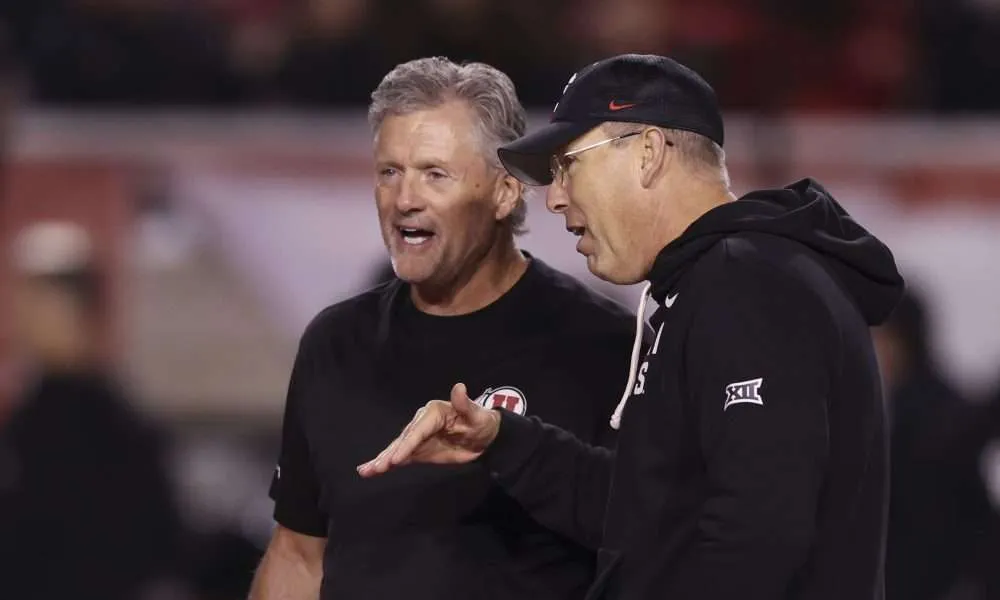NIL
Auburn Tigers football boosters said to have divested NIL from Bryan Harsin’s program almost immediately
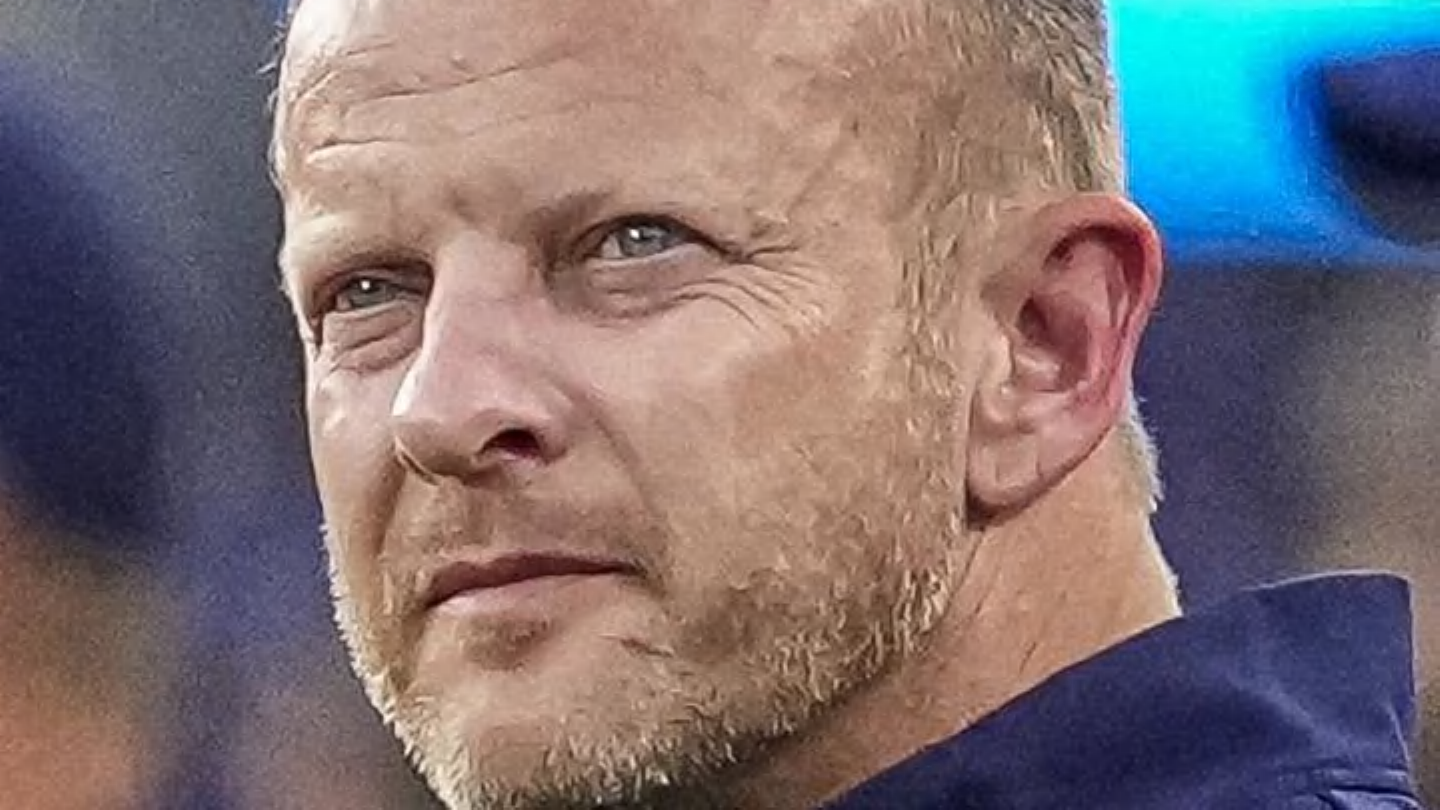
The Auburn Tigers football program’s boosters didn’t buy into Bryan Harsin, as CBS Sports’ Will Backus relayed. Backus listed the Boise native as the No. 10 worst coaching hire in the last 15 years.
As Backus notes, Harsin’s failures, combined with the boosters’ lack of investment, has led to Hugh Freeze coaching from a recruiting hole.
“Harsin was never a good fit at Auburn, even if he came to The Plains with a solid résumé from his time at Boise State. He didn’t have the backing of the boosters, and his pairing with the Tigers was the result of a hectic coaching search run by an athletic director without much big-time experience. Harsin wasn’t ready for the grind of SEC recruiting and put Auburn in a talent hole that it’s still trying to dig out of under coach Hugh Freeze. It’s no wonder that Harsin only got 21 games,” Backus wrote.
Harsin got a $15.3 million buyout from AU upon his October 31, 2022, firing, good for 70% of the remaining value on his six-year, $31.5 million contract. While the program didn’t spend much on recruits during his two cycles on the Plains, it did fork over millions to get rid of him.
Now, Harsin is the offensive coordinator at Cal. The results, perhaps unsurprisingly, have been similar to his Tigers coaching tenure: a mass recruit exodus into the transfer portal.
Buyers remorse in Berkeley? At least a little bit.
Regardless of how things go from here in Cal, though, Harsin’s legacy as a head coach is sealed after great years in his homestate of Idaho, and two of the most counterproductive years an SEC coach has had since the dawn of NIL.
NIL
College football program unexpectedly to be without head coach for bowl game
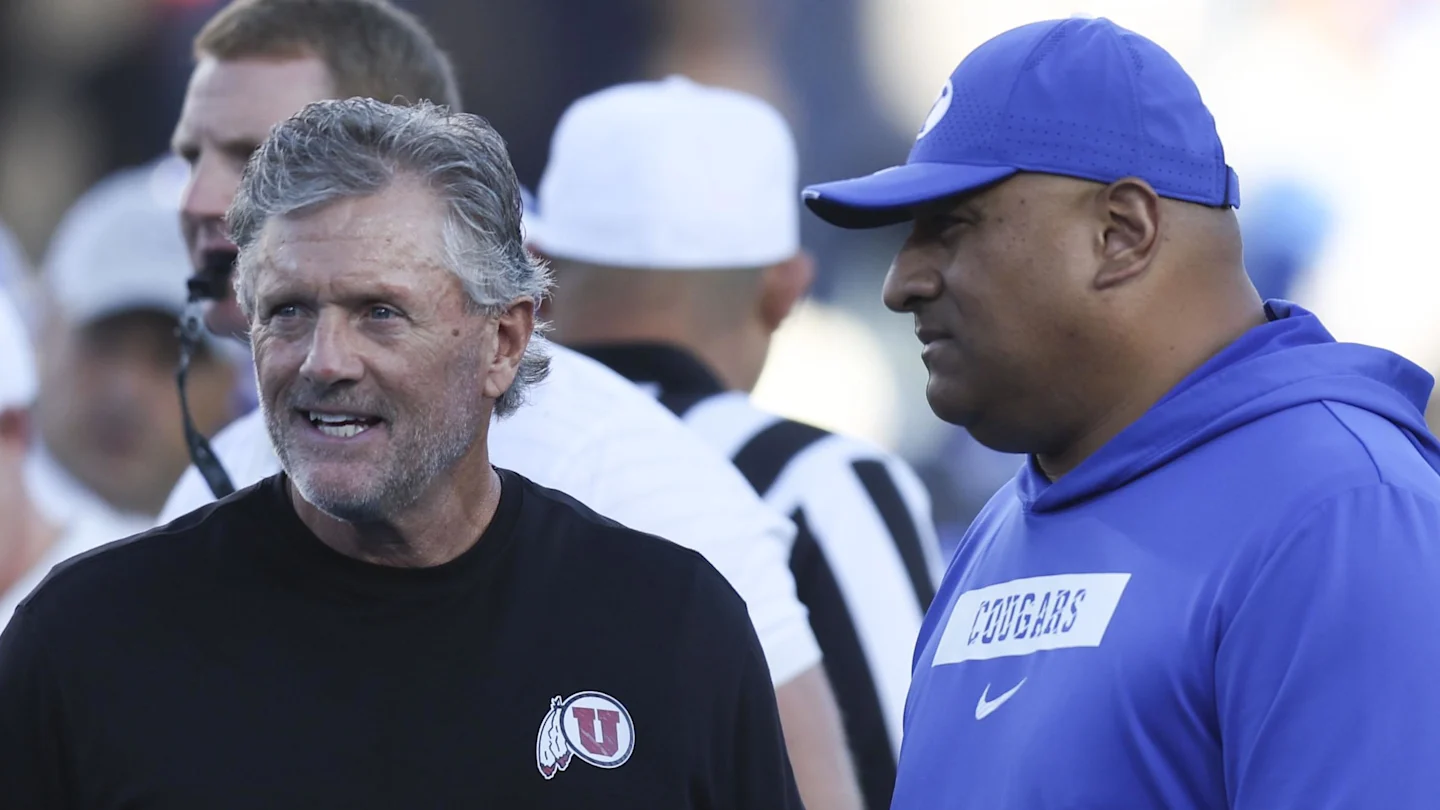
The college football coaching carousel is causing some dysfunction in the final days of December, especially after one program arrived late to the party.
Earlier this month, Michigan came out of nowhere with the news of the offseason, firing head coach Sherrone Moore for cause. The Wolverines moved on from Moore due to an inappropriate relationship with a female staffer.
That left one of the most prestigious programs in the country without a head coach shortly after the Early Signing Period concluded. Michigan has been on a coaching search since then, but the pool has thinned, with most candidates hired by other schools.
The Wolverines have finally found their man, and the move came at the expense of a team set to play in a bowl game in less than a week.
Kyle Whittingham Won’t Coach Utah In Bowl Game
Michigan officially announced the hiring of Utah head coach Kyle Whittingham on Friday evening. According to ESPN, Whittingham signed a five-year deal averaging $8.2 million per season, including $8 million next year.
Whittingham coached the Utes for the last 21 years. He was promoted to head coach ahead of the Fiesta Bowl in 2004, replacing Urban Meyer, who was hired away by the Florida Gators. Whittingham led the program to a 177-88 overall record and 11 postseason victories.
Along with accumulating the most wins in program history, he’s won numerous Coach of the Year honors and guided Utah through three different conferences. In 2025, the Utes compiled a 10-2 record and qualified for the SRS Distribution Las Vegas Bowl.

Whittingham’s swift departure means he won’t have the opportunity to coach in Utah’s final game of the season. Per ESPN’s Pete Thamel, the longtime head coach is headed to Orlando to begin his duties with the Wolverines. Michigan takes on Texas in the Cheez-It Citrus Bowl on December 31.
That’s the same day Utah is scheduled to kick off against Nebraska in Las Vegas. Whittingham has already notified his players of the decision.
In a statement, Utah athletic director Mark Harlan declared that defensive coordinator and safeties coach Morgan Scalley would assume the role of head coach. Scalley was named the program’s head-coach-in-waiting leading up to the 2024 season.
Scalley was a finalist for the Broyles Award in 2019, which goes to the top assistant in college football. He’s guided multiple top defenses at Utah and has been with the program in various positions since 2007.
Read more on College Football HQ
• College Football Playoff team loses key starter to NCAA transfer portal
• College Football Playoff team loses former starter to transfer portal
• College Football Playoff team has taken 3 major hits in trenches via transfer portal
• College football team set to be without nearly 20 players for upcoming bowl game
NIL
Four-star WR Brady Marchese requests release from Michigan Football
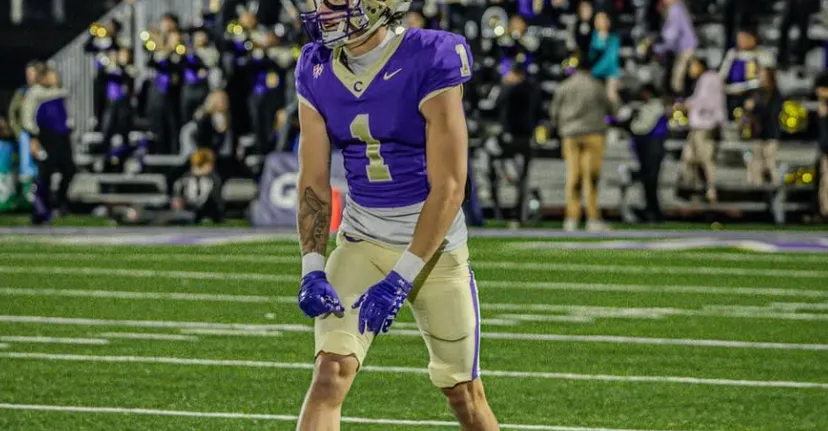
As first reported by On3’s Hayes Fawcett on Friday afternoon, 2026 four-star wide receiver signee Brady Marchese has requested a release from his national letter of intent with the Michigan Wolverines.
The Georgia native flipped from the hometown Georgia Bulldogs to Michigan during the early signing period earlier this month. Marchese is the third 2026 class member to do so following the firing of head coach Sherrone Moore, as he joins four-star tight end Matt Ludwig and three-star offensive lineman Bear McWhorter to ask out of their letter of intent.
The Wolverines now have just two wide receivers left in the incoming freshman class — four-star Travis Johnson and three-star Jaylen Pile.
NIL
Michigan Announces Hiring of Utah Legend Kyle Whittingham As New Head Coach
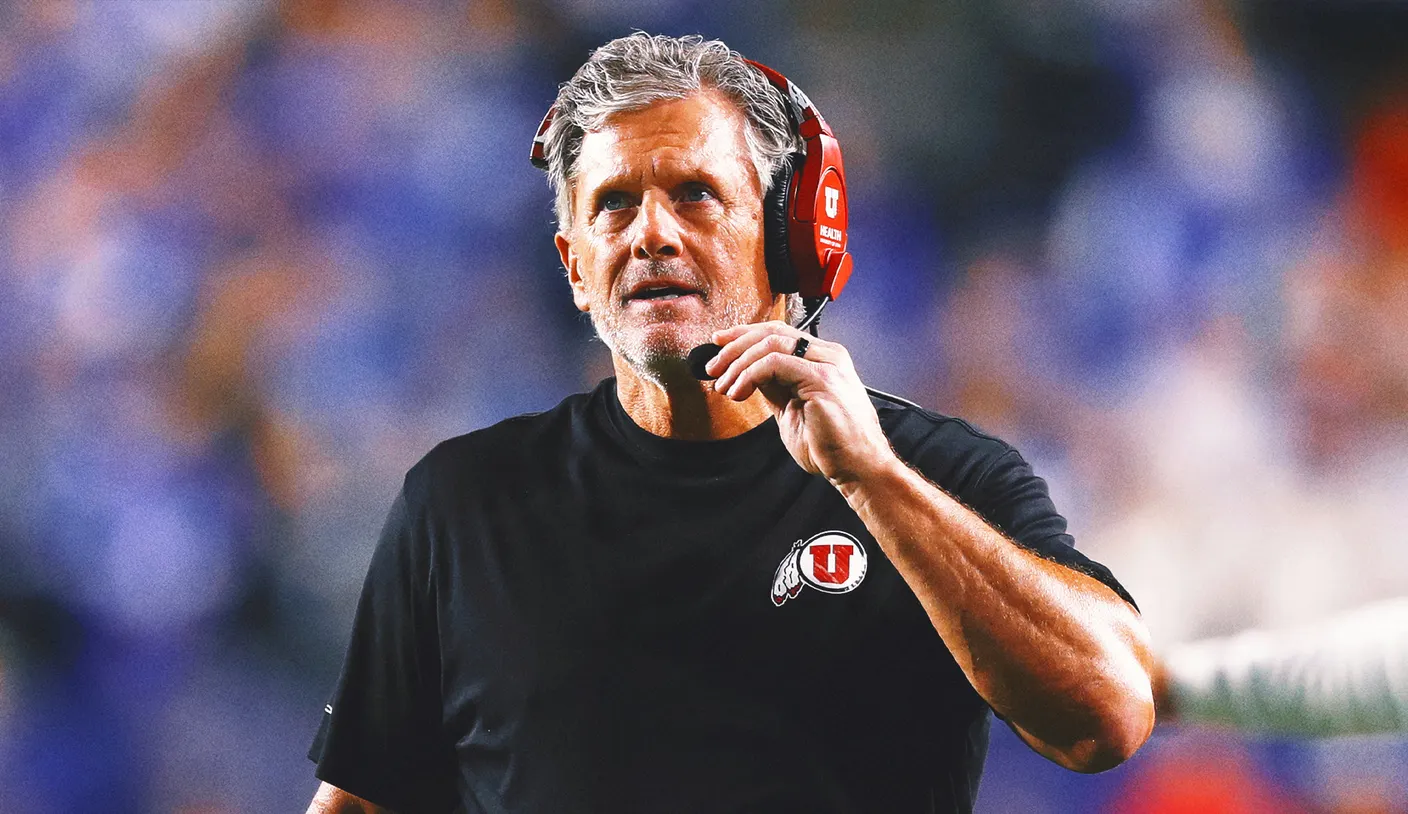
Michigan has found its next head coach, as the Wolverines are hiring former Utah Utes coach Kyle Whittingham to a five-year deal, per Yahoo Sports and ESPN.
Michigan athletic director Warde Manuel later confirmed the move in a statement announcing the hire of Whittingham as the school’s 22nd head football coach.
“Kyle Whittingham is a well-respected and highly successful head coach who is widely recognized as a leader of exceptional character and principled leadership,” Manuel said Friday. “Throughout our search, he consistently demonstrated the qualities we value at Michigan: vision, resilience, and the ability to build and sustain championship-caliber teams. Kyle brings not only a proven track record of success, but also a commitment to creating a program rooted in toughness, physicality, discipline and respect — where student-athletes and coaches represent the university with distinction both on and off the field. We are excited to welcome Kyle to the University of Michigan family as he takes the helm of our football program.”
The new pact is 75% guaranteed and includes an average of $8.2 million per year, with Whittingham expected to make an $8 million salary in 2026, according to ESPN.
Whittingham announced earlier this month his plans to step down after Utah’s bow game vs. Nebraska – the Las Vegas Bowl is set for Dec. 31 – following his multi-decade tenure with the program. But he joked at the time that he wasn’t retiring and instead merely entering the transfer portal. With the actual transfer portal opening up on Jan. 2 and Michigan still without a head coach, the timing of the hiring worked out for both parties.
Whittingham will be leaving Utah to be at the Citrus Bowl, where Michigan will play against Texas, according to FOX Sports’ Bruce Feldman.
[What’s Next: 3 Priorities for Kyle Whittingham, Reportedly Michigan’s New Coach]
“I am grateful to our administration, staff, players, and coaches for their commitment, trust, and hard work throughout the years,” he wrote in a statement. “This university and football program mean a great deal to me, and I am proud of what we have built together. I appreciate the support from the University of Utah allowing me to step away at this time.
I also want to thank our fans. Your loyalty, passion, and support have been second to none. Whether at Rice-Eccles Stadium or representing Utah across the country, you have made this time special and created memories that will last a lifetime.
Utah will always hold a special place in my heart, and I wish Coach [Morgan] Scalley and the program a smooth transition and continued success moving forward. Thank you for everything.”
The 66-year-old Whittingham began his coaching career as a graduate assistant at BYU in 1985 after playing as a linebacker in college for BYU before a brief stop in the NFL with the Los Angeles Rams in 1987. He also played in the United States Football League and Canadian Football League before devoting himself entirely to coaching. He served as the defensive coordinator for Eastern Utah, the special teams and linebackers coach for Idaho State before becoming the defensive coordinator in 1992. He then joined Utah’s coaching staff as the defensive line coach in 1994 and moved on to defensive coordinator before becoming the head coach in 2005.
Whittingham has a 177-88 lifetime record in the NCAA, and the Utes were 11-6 in bowl games during his time leading them. He brought Utah the Mountain West Conference championship in 2008, back-to-back Pac-12 championships in 2021 and 2022 and four Pac-12 division championships in 2015, 2018, 2019 and 2021. Whittingham received Coach of the Year honors in both the Mountain West and the Pac-12 and is the all-time leader in wins for Utah.
Utah’s athletic director Mark Harlan later praised Whittingham’s run and acknowledged the program is “fully prepared” to transition to Morgan Scalley, who was promoted on Dec. 13 after 10 seasons as defensive coordinator.
“The University of Utah is grateful for Coach Whittingham’s incredible contributions over his long tenure at the university, and we wish him and his family all the best with this next step in his career. After discussions with Coach Whittingham, his representatives and the University of Michigan, we have granted their request to allow him to join the Michigan program immediately.
Morgan Scalley is fully prepared to take over leadership of the Utah football program, and we join him in keeping our focus on our team, and supporting our student-athletes through this final game of the 2025 season at the Las Vegas Bowl on Dec. 31.”
“Kyle Whittingham is exactly what Michigan needs as a program right now,” FOX Sports College Football Analyst Robert Griffin III posted to X in reponse to the news. “Runs a disciplined program with an edge to it. Is a defense first coach who will play complimentary football. Eager to prove he isn’t done winning. Sounds like what Michigan itself needs.”
The Wolverines – who have had nine different head coaches, including interim coaches during Whittingham’s tenure with Utah – had been targeting Whittingham surely because of his continued success with Utah, whether in the Mountain West, Pac-12 or Big 12. There’s also his ability to build Utah into a strong program, despite a lack of relative resources compared with bigger football schools, like the one he’s now taking over.
Michigan’s previous coach, Sherrone Moore, was fired for cause on Dec. 10 following an investigation about an inappropriate relationship with a staff member. Following his firing, Moore was charged with three crimes, including home invasion.
“U-M head football coach Sherrone Moore has been terminated, with cause, effective immediately,” Manuel said in a statement. “Following a University investigation, credible evidence was found that Coach Moore engaged in an inappropriate relationship with a staff member. This conduct constitutes a clear violation of University policy, and U-M maintains zero tolerance for such behavior.”
Moore, who was in his second season with Michigan, was suspended for two games in 2025 as part of self-imposed sanctions for NCAA violations related to an advanced scouting scandal. The NCAA added a third game to the suspension, which was to keep Moore off the sideline for next year’s opener against Western Michigan. Moore previously deleted his entire 52-message text thread on his personal phone with former staffer Connor Stallions, who led the team’s sign-stealing operation for the program. The texts were later recovered and shared with the NCAA.
The Associated Press contributed to this report.
Want great stories delivered right to your inbox? Create or log in to your FOX Sports account, and follow leagues, teams and players to receive a personalized newsletter daily!
NIL
ACC team’s NIL provision could punish athletes for others’ disclosure of deals

The NIL era of college athletes is constantly changing and evolving. Sometimes, the terms of NIL situations change based on new understandings, and sometimes, they change because existing terms simply aren’t sustainable.
One critic of the NIL contracts at North Carolina State has raised a substantial issue. Attorney Darren Heitner, as shared by Sports Business Journal. raised a substantial NIL issue about the Wolfpack in a recent social media post.
Heitner noted that in reviewing NC State’s NIL agreement, he was concerned by a provision under which “athletes are liability for confidentiality breaches by the own reps” including parents, agents, and attorneys. More specifically, under the provision, athletes could lose up to 50% of payment if terms are disclosed. This provision exists despite, as Heitner notes, athletes having “no control over third parties.”
Heitner concluded his analysis by noting, “Universities shouldn’t be drafting one-sided provisions that penalize students for others’ actions.”‘
Noticed a troubling provision in NC State #NIL agreement. Athletes are liable for confidentiality breaches by their own reps (parents, agents, attorneys). Athlete can lose 50% of payment if terms are disclosed despite having no control over third parties. Universities shouldn’t…
— Darren Heitner (@heitner) December 25, 2025
The veil of secrecy around NIL is very clear and obvious. It is perhaps unsuprising that the players themselves are contractually barred from discussing terms of NIL arrangements. After all, student-athletes have not broadly been allowed to unionize and there’s doubtlessly some concern among schools that if moe information is freely available, athletes will play schools off of each other on the respective deals.
But the potential to hold athletes fiscally responsible for disclosures by third parties is an unusual provision. Given the two-way relationship between athletes and agents, that particularly issue might even be plausible. Buf saying that if an athlete’s parents reveal some aspects of an NIL deal, the athlete might forfeit half of the slated pay is indeed a confusingly draconian proposal.
This is particularly interesting in light of the House requirement that athletes are required to disclose NIL deals that have a value exceeding $600. Based on the House case, athletes are required to disclose deals even if the deals otherwise would be subject to non-disclosure language. Accordingly, the mandated legal requirements on athletes could already run afoul of non-disclosure provisions, which would seem to further make NC State’s penalty for disclosure even more questionable.
Advocates of NIL revision consistently suggest that a single binding framework will help overcome inconsistent issues across various states and schools. Apparently, one of the issues that might be legislated is this potential responsibility against an athlete for third-party disclosure.
NIL
James Madison QB Alonza Barnett III plans to enter NCAA transfer portal
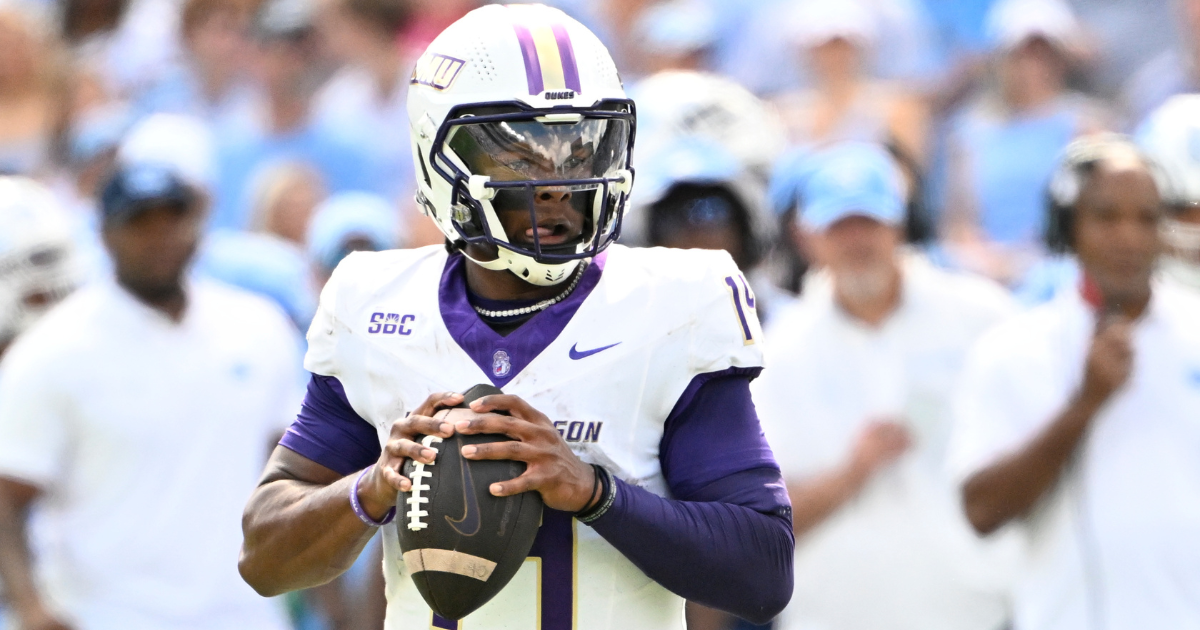
James Madison QB Alonza Barnett III plans to enter the NCAA transfer portal, On3 has learned. Barnett helped led the Dukes to the College Football Playoff in 2025.
Barnett was QB1 all season for James Madison’s 12-2 finish to the season, which came to an end after losing to Oregon 51-34 in the College Football Playoff. He led the Dukes to a Sun Belt Championship after going undefeated in conference play as well.
Statistically, Barnett completed 216-370 (58.4%) of his passing attempts for 2,806 yards. 23 touchdowns and eight interceptions. He added 127 carries for 589 yards and 15 additional touchdowns on the ground as JMU’s second-leading rusher.
Barnett’s former head coach at JMU, Bob Chesney, is heading to UCLA as the Bruins’ next head coach. Nico Iamaleava, UCLA’s starting quarterback in 2025, has re-signed with the Bruins for next year, making it unclear what’s next for Barnett’s college football journey.
Before college, Barnett was a part of the 2022 recruiting class and was a three-star recruit. He clocked in as the No. 1,786 overall recruit, per the Rivals Industry Rankings, which is a proprietary algorithm that compiles ratings and rankings from all four primary recruiting media services. Barnett was the No. 116 QB in his class and No. 45 player from his home state of North Carolina.
Once the NCAA transfer portal opens on Jan. 2, players can officially enter their names in the NCAA transfer portal and go on to initiate contact with their preferred schools. The portal will be open for 15 days and close on Jan. 16.
Notably, players who are on teams competing in the national championship game are allowed five extra days to make their portal decision. The College Football Playoff championship game will be played on Jan. 19, so the players on those teams will be allowed until Jan. 24 to enter the portal and choose their next school.
To keep up with the latest players on the move, check out On3’s Transfer Portal wire. The On3 Transfer Portal Instagram account and Twitter account are excellent resources to stay up to date with the latest moves.
NIL
Attorneys in Diego Pavia eligibility lawsuit vs. NCAA cite James Nnaji decision in new filing
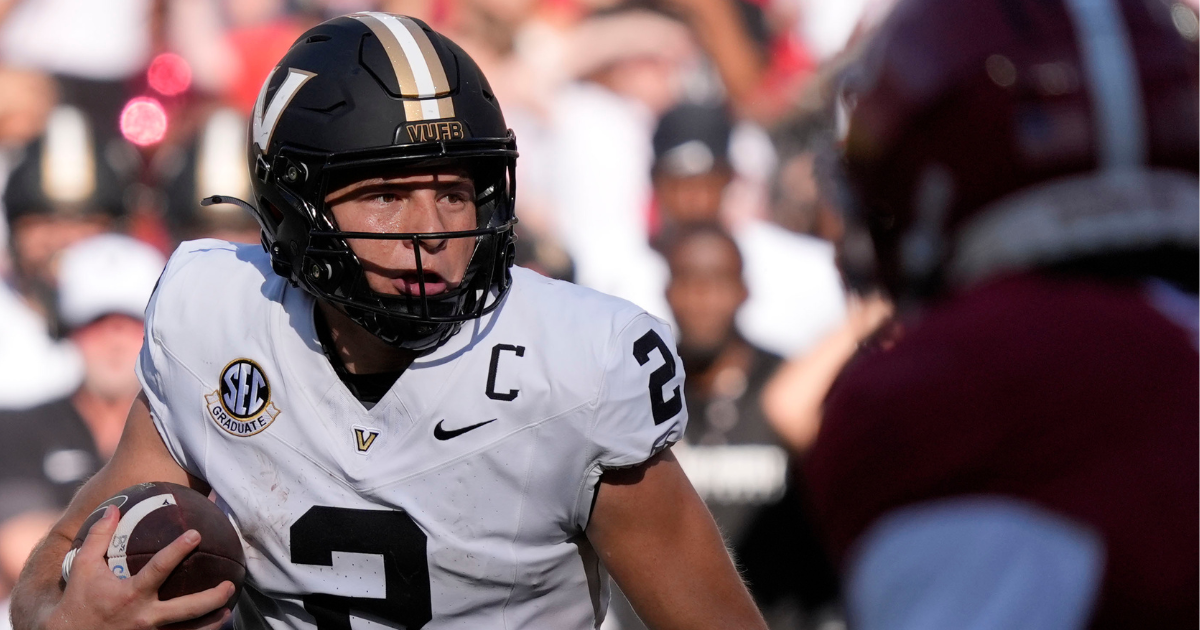
Attorneys in the Diego Pavia eligibility lawsuit criticized the NCAA’s decision on former NBA draftee James Nnaji in a new filing. The “memorandum in support of a preliminary injunction” also included a poem.
The filing took inspiration from The Night Before Christmas before criticizing Nnaji’s eligibility decision. He was the No. 31 overall pick in the 2023 NBA Draft, but committed to Baylor on Christmas Eve after the NCAA awarded him four years of eligibility. Nnaji never played in an NBA game or signed a standard NBA contract, and he played professionally in Europe.
SUBSCRIBE to the On3 NIL and Sports Business Newsletter
In Friday’s filing, attorneys representing Pavia and the other plaintiffs in the suit ripped the NCAA’s handling of the situation. As the former junior college players seek an additional year of eligibility, the lawyers argued for a preliminary injunction in light of the Nnaji decision. Pavia previously said 2025 would be his final season.
“When what to my wandering eyes should appear, but… the hypocrisy of the NCAA granting four years of eligibility to a 21-year-old European professional basketball player with four years of professional experience who was drafted by an NBA team two years ago,” the filing reads.
“He will be 25 before he runs out of eligibility. Meanwhile, the NCAA argues to this Court that high school seniors are harmed if a 22- or 23-year-old former junior college player gets one more year of college football.”
In addition, Pavia’s lawyers are seeking to file another amended complaint while adding more plaintiffs. The suit still does not have class-action status, meaning it would only impact plaintiffs listed. Tennessee quarterback Joey Aguilar is one of the plaintiffs after his addition last month.
More on the Diego Pavia eligibility lawsuit
Diego Pavia received a sixth season of eligibility following a preliminary injunction late last year as a result of his suit against the NCAA. He argued his time at New Mexico Military Institute should not count against his eligibility. As his attorneys worked to make it a class-action case, though, the Vanderbilt quarterback said he does not intend on playing another year at Vanderbilt.
In September, a hearing took place in the U.S. Court of Appeals for the Sixth Circuit in which Diego Pavia’s attorneys threatened to stack a challenge to the redshirt rule. They also said they would ask for another injunction that would allow Pavia to play again in 2026, according to sports law professor Sam Ehrlich. Pavia took to social media to make it clear 2025 would be his final season.
“A big part of the hearing was about whether the NCAA’s appeal was moot, meaning that the appellate opinion wouldn’t actually affect anything and thus doesn’t really matter, because Pavia would still be able to play for 2025 based on the waiver, and the appeal is on an injunction based on that waiver,” Ehrlich previously told On3’s Pete Nakos. “Pavia’s attorney argued that the appellate decision is still relevant because if the court finds that the rules are commercial and thus subject to antitrust law, he’ll be filing for a new injunction or an expedited trial schedule at the district court seeking to play 2026 as well.
“It makes sense given that his attorney is also involved in the new class action lawsuit challenging the four seasons rule overall, and Pavia would be seeking — if you take the JUCO year out of the picture — his fifth season in five years.”
-

 Motorsports2 weeks ago
Motorsports2 weeks agoSoundGear Named Entitlement Sponsor of Spears CARS Tour Southwest Opener
-
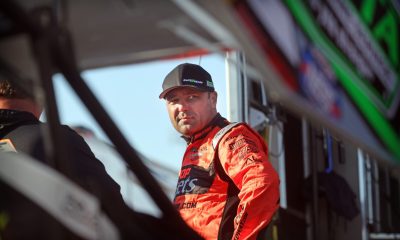
 Motorsports3 weeks ago
Motorsports3 weeks agoDonny Schatz finds new home for 2026, inks full-time deal with CJB Motorsports – InForum
-
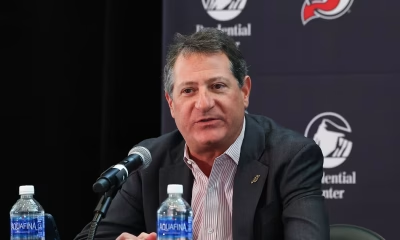
 Rec Sports3 weeks ago
Rec Sports3 weeks agoDavid Blitzer, Harris Blitzer Sports & Entertainment
-
Sports3 weeks ago
Elliot and Thuotte Highlight Men’s Indoor Track and Field Season Opener
-
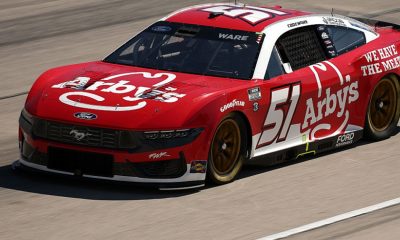
 Motorsports3 weeks ago
Motorsports3 weeks agoRick Ware Racing switching to Chevrolet for 2026
-
Sports3 weeks ago
West Fargo volleyball coach Kelsey Titus resigns after four seasons – InForum
-
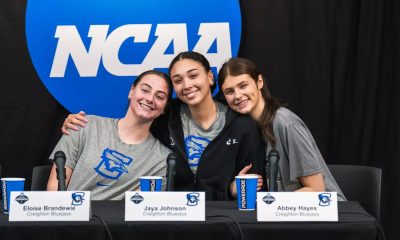
 Sports2 weeks ago
Sports2 weeks ago#11 Volleyball Practices, Then Meets Media Prior to #2 Kentucky Match
-

 NIL2 weeks ago
NIL2 weeks agoDeSantis Talks College Football, Calls for Reforms to NIL and Transfer Portal · The Floridian
-

 Technology3 weeks ago
Technology3 weeks agoWearable Gaming Accessories Market Growth Outlook
-

 Sports3 weeks ago
Sports3 weeks agoWomen’s track and field athletes win three events at Utica Holiday Classic































